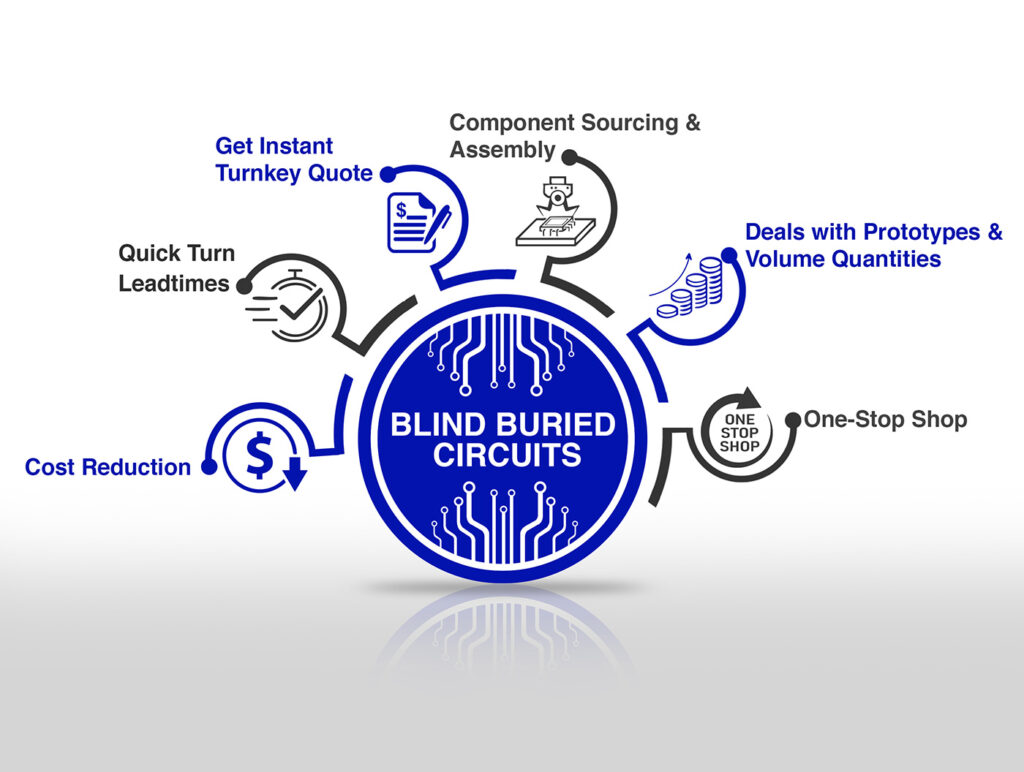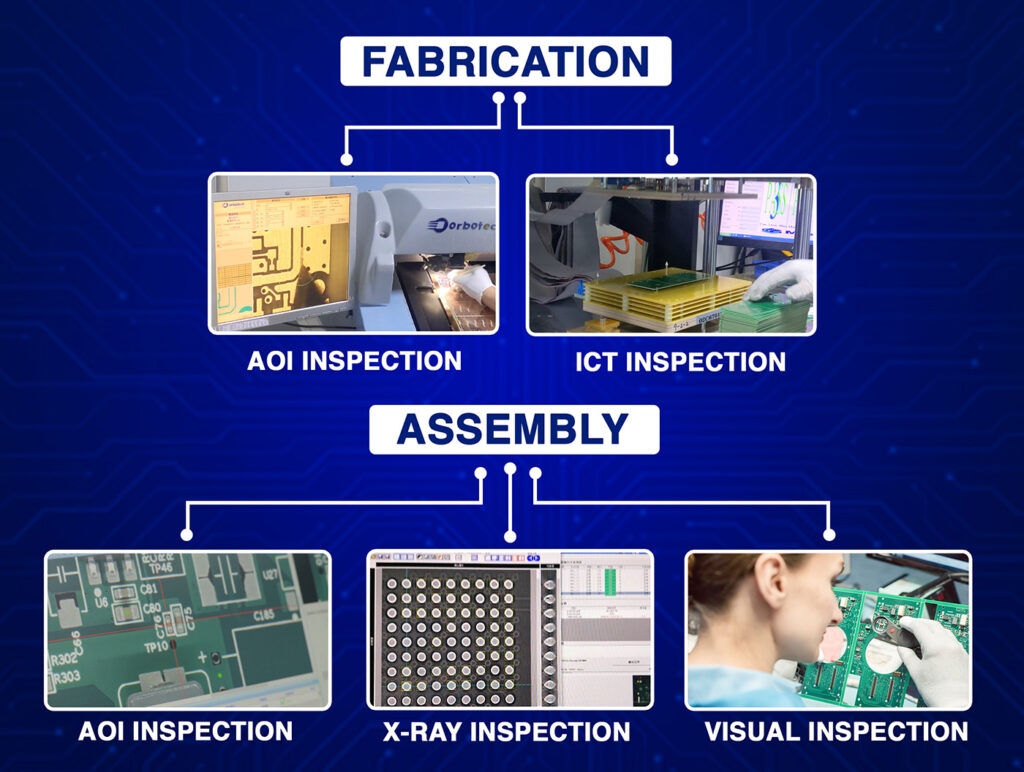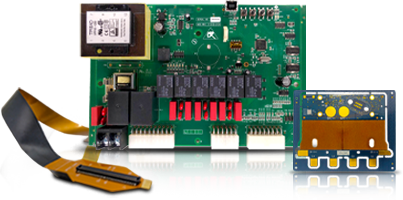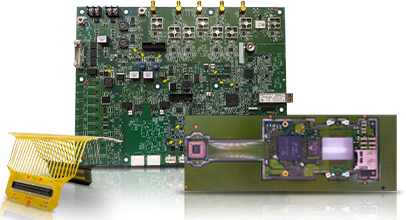Have you ever wondered why PCB reliability is critical for electronic devices? Even a tiny amount of contamination can lead to short circuits, corrosion, and device failure. This is why ionic contamination analysis plays a crucial role in PCB manufacturing and assembly.
In today’s high-tech world, ensuring clean and defect-free circuit boards is a priority for PCB assembly services. Without proper PCB cleaning processes, contaminants left on the board can cause electrical failures, reduced lifespan, and performance issues. This guide will explain why ionic contamination analysis matters, how it is performed, and how it helps improve PCB reliability.
What is Ionic Contamination in PCBs?
Ionic contamination refers to residues left behind during the PCB manufacturing and assembly process. These contaminants are primarily salts, flux residues, and acids, which can absorb moisture from the air, leading to electrical leakage, corrosion, and dendrite growth.
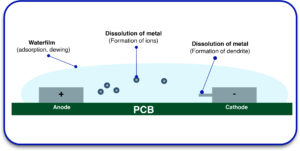
These contaminants typically come from:
- Soldering flux and pastes
- Etching and plating chemicals
- Improper handling during assembly
- Environmental exposure (humidity and dust)
To prevent these issues, manufacturers perform ionic contamination analysis as part of the PCB cleaning process.
Why is Ionic Contamination Analysis Important?
1. Ensures PCB Reliability
Contaminants on a PCB can cause signal integrity issues, electrical shorts, and malfunctions. By performing ionic contamination analysis, manufacturers can detect and eliminate harmful residues, improving overall PCB reliability.
2. Prevents Corrosion and Dendrite Growth
Ionic residues attract moisture, which can lead to corrosion of copper traces and dendritic growth between conductors. This can cause:
- Short circuits
- Loss of conductivity
- Premature PCB failure
3. Improves Performance of High-Speed Circuits
For high-frequency and high-speed PCBs, even a slight contamination can impact signal transmission. A clean PCB ensures:
- Minimal signal distortion
- Better impedance control
- Long-term performance stability
4. Meets Industry Standards
Several industry standards require PCB manufacturing and assembly companies to conduct ionic contamination analysis to maintain quality and reliability. These include:
- IPC-6012 (Qualification and Performance Specification for Rigid PCBs)
- ISO 9001 (Quality Management System)
- MIL-STD-2000 (Military PCB Standards)
Complying with these standards ensures better product reliability and customer satisfaction.
How is Ionic Contamination Analysis Performed?
1. Resistivity of Solvent Extract (ROSE) Test
The ROSE test is one of the most widely used methods for detecting ionic contamination. In this test:
- A PCB is immersed in a solvent (usually a mix of isopropyl alcohol and deionized water).
- The solvent dissolves ionic residues.
- The resistivity of the solvent is measured.
- If the resistivity drops, it indicates the presence of ionic contamination.
This method provides quick and reliable contamination detection but does not identify specific contaminants.
2. Ion Chromatography (IC) Analysis
Ion Chromatography is a more detailed and precise method for contamination detection. It involves:
- Extracting contaminants from a PCB using a solution.
- Running the solution through a chromatograph to separate different ions.
- Identifying specific ionic residues, such as chlorides, bromides, and sulfates.
This method is more advanced and is used for high-reliability applications like aerospace, medical, and military PCBs.
3. Surface Insulation Resistance (SIR) Testing
SIR testing evaluates how contaminants affect a PCB’s electrical resistance over time. This test involves:
- Applying voltage across test patterns on a PCB.
- Measuring current leakage due to contamination.
- Identifying whether residues can cause electrical failures under different environmental conditions.
This test is ideal for determining long-term reliability.
Best Practices for Reducing Ionic Contamination in PCB Manufacturing
1. Use High-Purity Materials
Start with clean and high-purity materials to prevent contamination. Choose:
- Fluxes with low ionic content.
- High-quality solder pastes with minimal residues.
- Deionized water for rinsing PCBs.
2. Optimize PCB Cleaning Processes
Proper PCB cleaning processes remove contaminants before final assembly. Methods include:
- Aqueous Cleaning: Uses deionized water and detergents to remove flux residues.
- Solvent Cleaning: Uses chemical solvents to dissolve contaminants.
- Vapor Degreasing: Uses heated solvent vapors to clean PCB surfaces.
Choose a method that matches your PCB design, component sensitivity, and manufacturing process.
3. Control Manufacturing Environment
Maintaining a clean manufacturing environment minimizes contamination risks. Best practices include:
- Controlling humidity levels to prevent moisture buildup.
- Using clean rooms with air filtration systems.
- Training staff on proper handling and assembly techniques.
4. Regularly Test and Monitor Contamination Levels
Perform routine ionic contamination analysis to ensure PCBs remain clean. Implement:
- Scheduled ROSE tests for each production batch.
- Ion Chromatography for high-reliability boards.
- SIR testing for long-term durability validation.
5. Use Protective Coatings
Applying conformal coatings helps protect PCBs from environmental contamination. Options include:
- Acrylic coatings (easy to apply and rework).
- Silicone coatings (flexible and moisture-resistant).
- Parylene coatings (ultra-thin and highly durable).
These coatings add an extra layer of protection against humidity, dust, and ionic residues.
How Blind Buried Circuits Ensures PCB Reliability
At Blind Buried Circuits, we specialize in high-quality PCB manufacturing and assembly, ensuring clean and reliable PCBs for various industries. Our approach includes:
- Advanced Ionic Contamination Testing: We use ROSE, Ion Chromatography, and SIR testing to detect and eliminate contaminants.
- Precision Cleaning Processes: Our state-of-the-art PCB cleaning methods ensure minimal residue levels for high-performance applications.
- Compliance with Industry Standards: We follow IPC, ISO, and MIL standards to deliver reliable and durable PCBs.
- Custom PCB Solutions: Whether you need standard PCBs, rigid-flex designs, or high-frequency boards, we ensure the highest quality manufacturing.
Looking for trusted PCB assembly services with rigorous contamination control? Contact us today to discuss your project!
Ionic contamination is a critical factor in PCB reliability. Without proper analysis and cleaning, contaminated boards can cause short circuits, corrosion, and premature failures. By implementing rigorous ionic contamination analysis, using effective PCB cleaning processes, and following best manufacturing practices, you can improve PCB performance and longevity. For businesses that need high-quality PCBs with strict contamination control, partnering with an expert PCB manufacturer like Blind Buried Circuits ensures optimal reliability and compliance.
Have questions about PCB ionic contamination analysis? Let’s discuss your project today!

